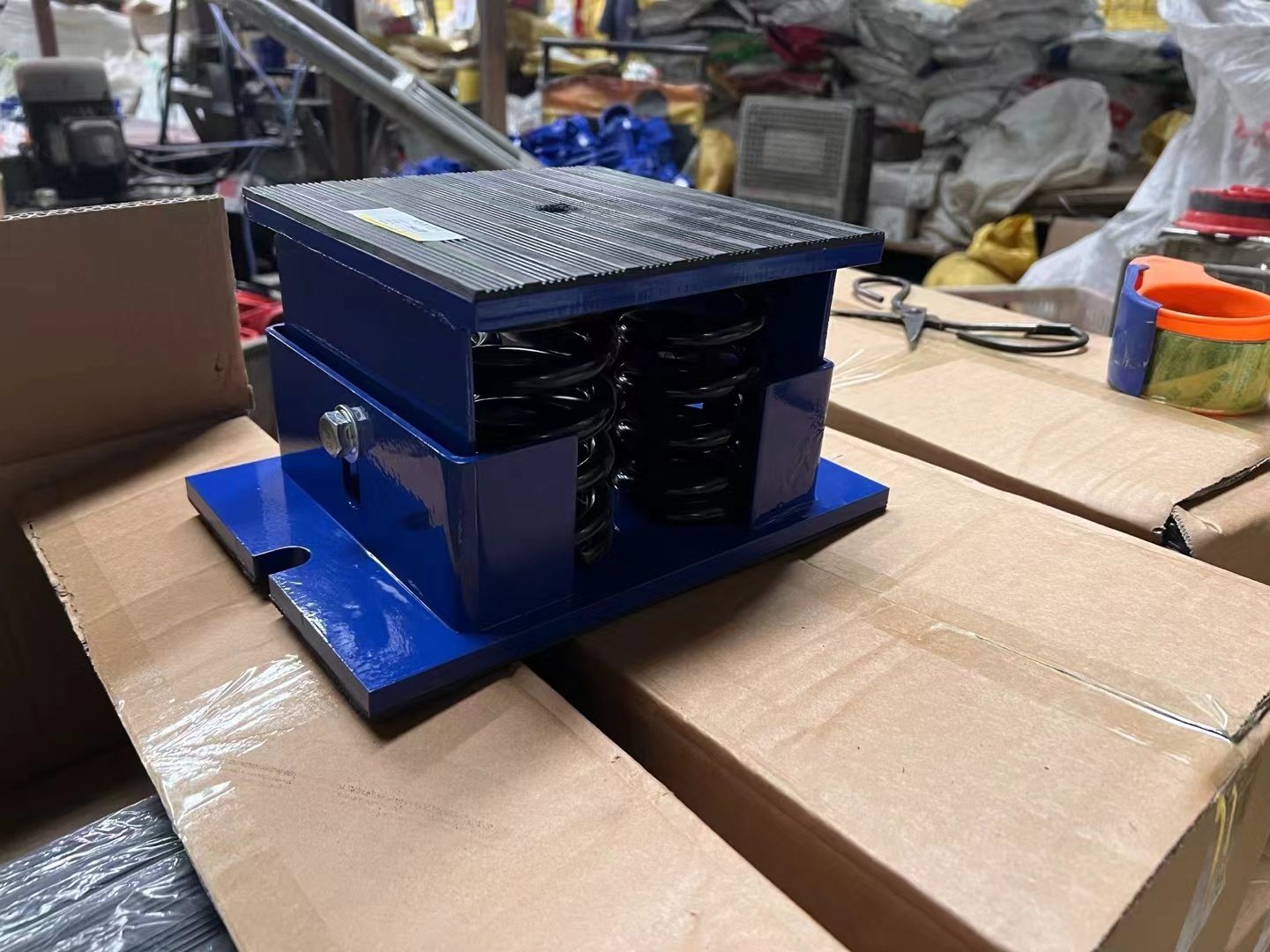- English
- Español
- Português
- русский
- Français
- 日本語
- Deutsch
- tiếng Việt
- Italiano
- Nederlands
- ภาษาไทย
- Polski
- 한국어
- Svenska
- magyar
- Malay
- বাংলা ভাষার
- Dansk
- Suomi
- हिन्दी
- Pilipino
- Türkçe
- Gaeilge
- العربية
- Indonesia
- Norsk
- تمل
- český
- ελληνικά
- український
- Javanese
- فارسی
- தமிழ்
- తెలుగు
- नेपाली
- Burmese
- български
- ລາວ
- Latine
- Қазақша
- Euskal
- Azərbaycan
- Slovenský jazyk
- Македонски
- Lietuvos
- Eesti Keel
- Română
- Slovenski
- मराठी
- Srpski језик
How to select the suitable industrial vibration isolators?
2024-07-05
Selecting the suitable industrial vibration isolators requires comprehensive consideration of multiple factors. The following are some key considerations:
1. Type and weight of equipment:
- Industrial equipment of different types and weights generates different vibration frequencies and amplitudes. For example, heavy stamping equipment requires vibration isolators with strong bearing capacity, such as large metal spring isolators; while lightweight electronic equipment may be more suitable for rubber isolators.
2. Vibration characteristics:
- Understand the frequency, amplitude and direction of the vibration generated by the equipment. If the vibration frequency is high, vibration isolators with better high-frequency vibration isolation performance may be needed, such as air spring isolators.
3. Installation space and environmental conditions:
- Consider the size and shape of the space for installing the vibration isolators to ensure that the isolators can be installed correctly and do not affect other components.
- Environmental conditions are also important. For environments such as high temperature, humidity and corrosiveness, it is necessary to select vibration isolator materials that can adapt to these conditions.
4. Vibration isolation requirements:
- Determine the required vibration isolation effect, such as to what extent the vibration needs to be reduced. Higher vibration isolation requirements may require more complex and high-performance vibration isolation systems.
5. Cost budget:
- Vibration isolators of different types and performances have significant price differences. Under the premise of meeting the vibration isolation requirements, cost factors need to be considered.
6. Maintenance and durability:
- Some vibration isolators require regular maintenance, while some have a long service life and low maintenance requirements. Select vibration isolators that are easy to maintain or have good durability according to the actual situation.
For example, the spinning machine in a textile factory requires vibration isolation. Due to the moderate weight of the spinning machine, the vibration frequency is relatively low, and the workshop environment is relatively conventional. Considering the cost and vibration isolation effect comprehensively, rubber isolators were selected. After installation and commissioning, the vibration transmission of the spinning machine was effectively reduced, improving production efficiency and product quality.
Another example is a large reaction kettle in a chemical plant. Due to its huge weight and the working environment being somewhat corrosive, corrosion-resistant metal spring isolators were finally selected and combined with damping devices, achieving a good vibration isolation effect and ensuring the long-term stable operation of the equipment.
In conclusion, selecting the suitable industrial vibration isolators requires a comprehensive analysis and evaluation of the equipment and working environment to ensure the best vibration isolation effect and economic benefits.





